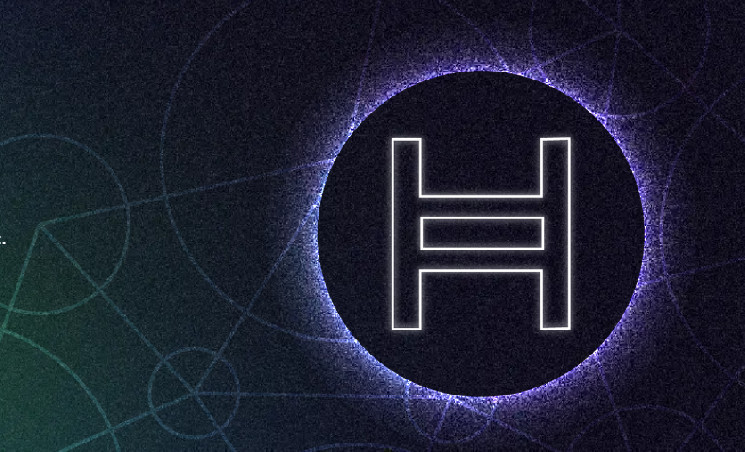- Hedera’s Guardian, introduced by the HBAR Foundation Sustainable Impact Fund, is revolutionizing the carbon credit market.
- The tool addresses the shortage of reputable Validation and Verification Bodies, enhancing the efficiency and trustworthiness of carbon credit issuance.
The Hedera Foundation Sustainable Impact Fund (SIF) has introduced a groundbreaking tool, the Guardian, to transform the landscape of validating and verifying carbon credits. This Hedera-native Policy Workflow Engine (PWE) addresses systemic bottlenecks in the current system, promising a more efficient and equitable approach to carbon market operations.
Addressing the Bottleneck in Carbon Markets
The voluntary carbon market (VCM) has experienced substantial growth in recent years. However, the supply of high-quality carbon credits has struggled to keep pace with increasing demand. This imbalance has led to a projected loss of 4.8 gigatons in emissions reductions by 2030. The crux of the issue lies in the shortage of reputable Validation and Verification Bodies (VVBs). These entities play a vital role in ensuring that carbon reduction projects meet industry standards, a process crucial for issuing credible carbon credits.
Guardian leverages blockchain technology to streamline this validation and verification process. By automating and digitizing these steps, the Guardian significantly reduces the time and resources required to validate and verify carbon credits. This efficiency is not just about speed; it’s about enhancing the quality and trustworthiness of the credits issued, thus strengthening the entire carbon market.
Digitization: A Leap Forward in Carbon Credit Verification
The digitization of validation and verification processes marks a significant leap forward. Traditional methods are cumbersome and often lack transparency. The Guardian, built on Hedera’s blockchain platform, introduces a new level of auditability and accessibility. This open-source system allows for more transparent and reliable tracking of carbon credit generation, from project initiation to credit issuance.
The Guardian’s role in this digital transformation extends beyond mere efficiency. It democratizes validation by embracing technologies like Decentralized Identifiers (DIDs) and Verifiable Credentials (VCs). This approach enables a broader range of participants, especially from underrepresented regions like Africa and Latin America, to become validators. This decentralization is not just a matter of fairness; it is essential for creating a carbon market that is truly global and representative.
Empowering Global Participation and Automation in Carbon Markets
The Guardian’s impact extends to the very structure of the carbon market. Its ability to automate verification processes represents a pivotal shift. Manual verification, a standard in the current system, is slow and inefficient, unable to keep pace with the market’s growth. By automating these processes, the Guardian allows for a scale of operation previously unattainable. This automation speeds up the process and reduces the risk of human error, ensuring more accurate and reliable results.
Recommended for you
• Bitcoin Giant DCG and Genesis Global Settle Lawsuit with $275 Million Repayment Plan• Cardano’s Battle for $0.38: Where Will ADA Price Head Next?• LUNC Skyrockets 15% as Bitcoin Breaks Key Barrier – Terra Classic ShinesFurthermore, the Guardian significantly impacts market consolidation. It streamlines project development cycles and enables the creation of tokenized carbon assets, fostering a more inclusive and diverse market. This inclusivity is crucial to ensure the wide distribution of carbon trading benefits and the development of projects most beneficial to local communities.
Hedera Price Analysis
In the last 24 hours, HBAR has increased by 1.41 percent, leading to a current price of $0.60. Despite the price hike, trading volume remains below average, with a market capitalization of approximately $2.04 billion. Notably, 10 of the 26 indicators indicate a buy signal, and 7 suggest selling. Additionally, 9 moving averages lean towards a bullish trend, whereas 5 indicate bearish tendencies.
